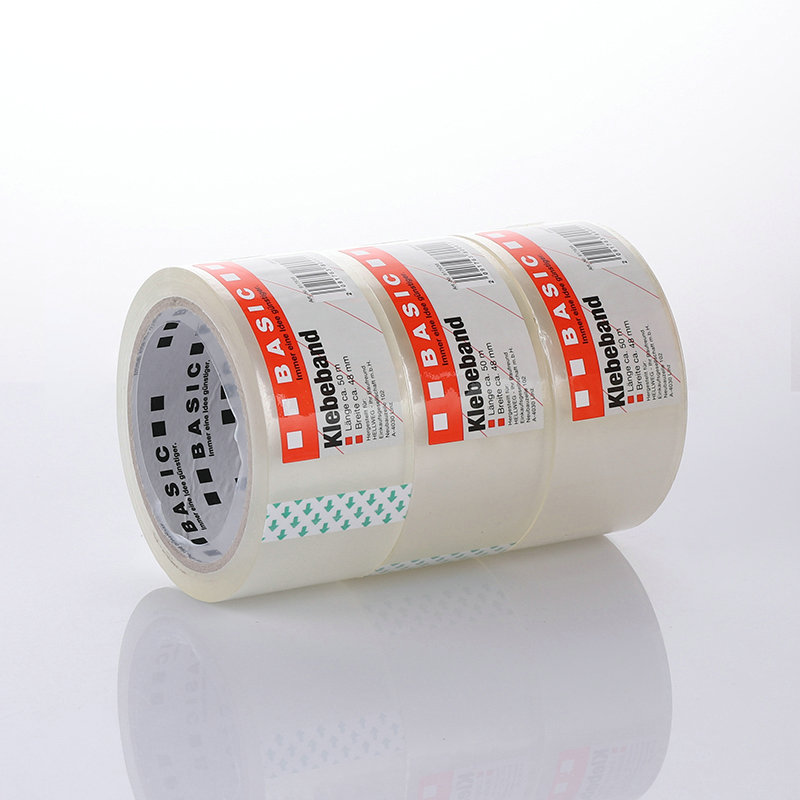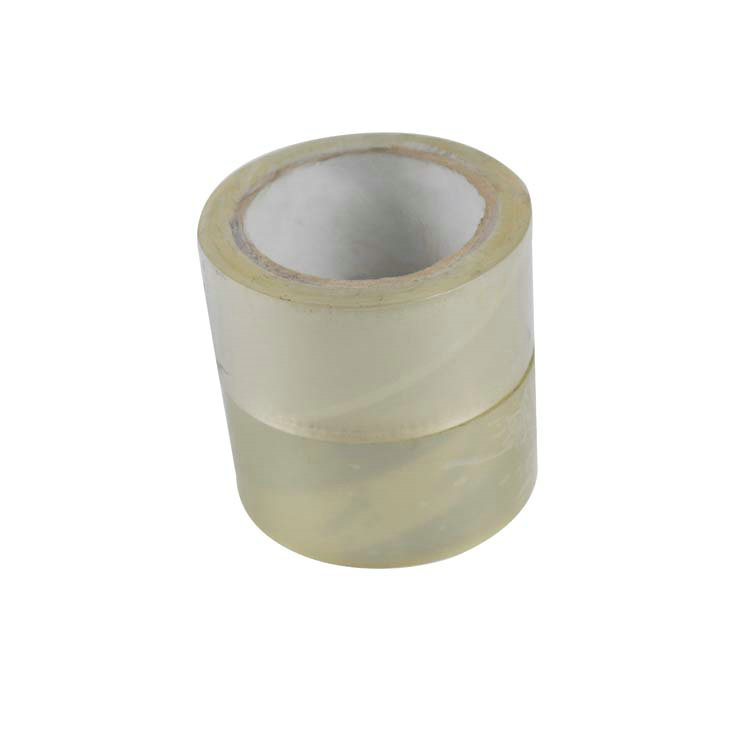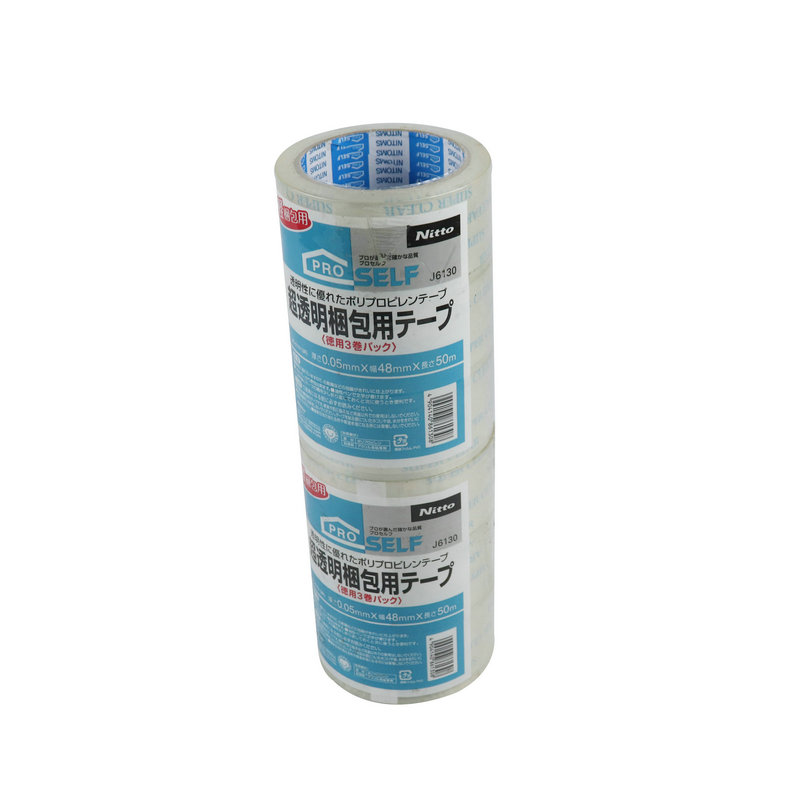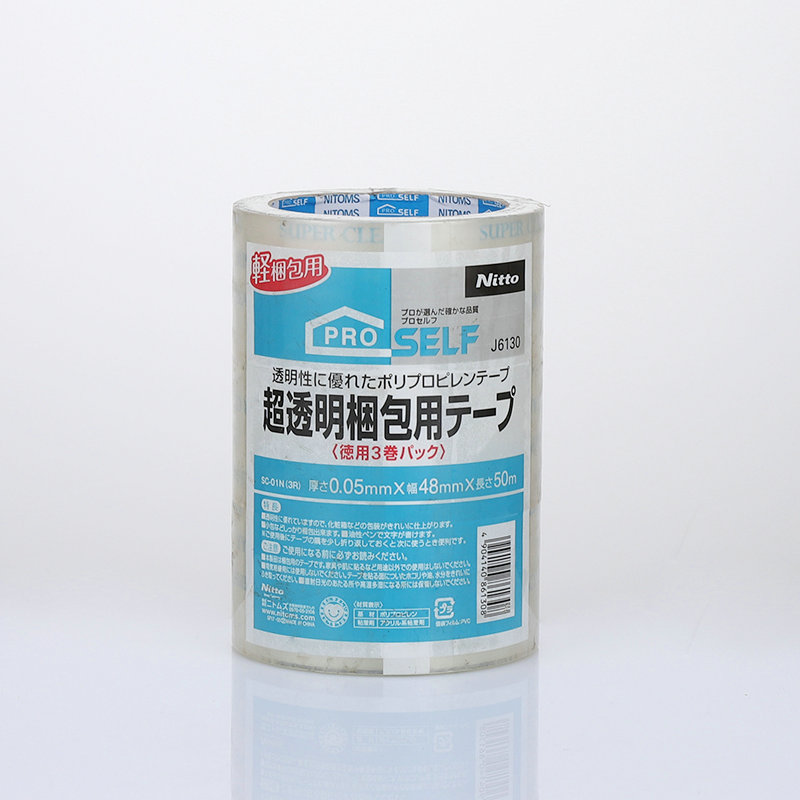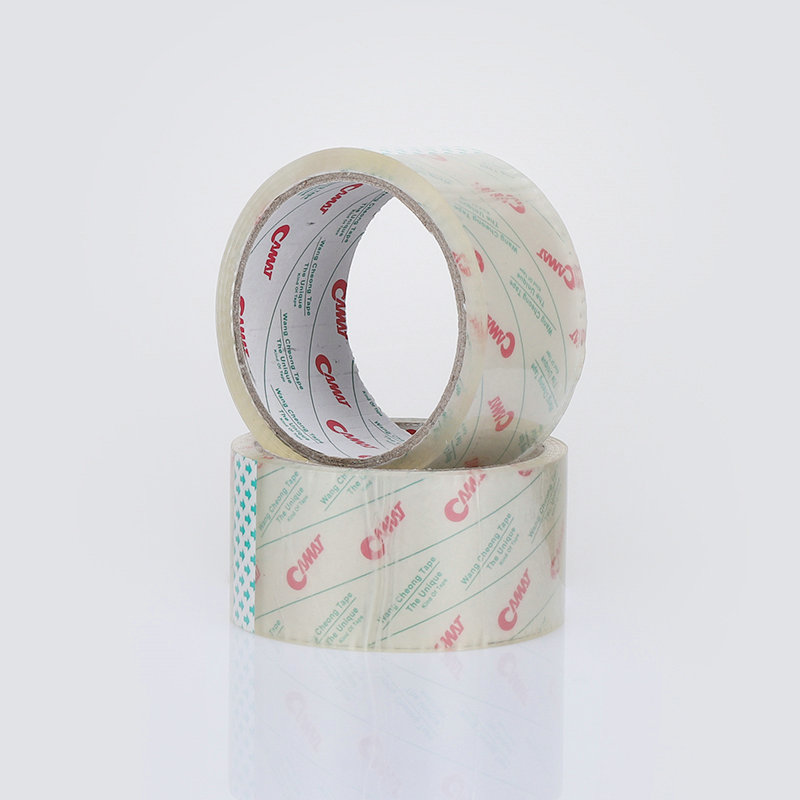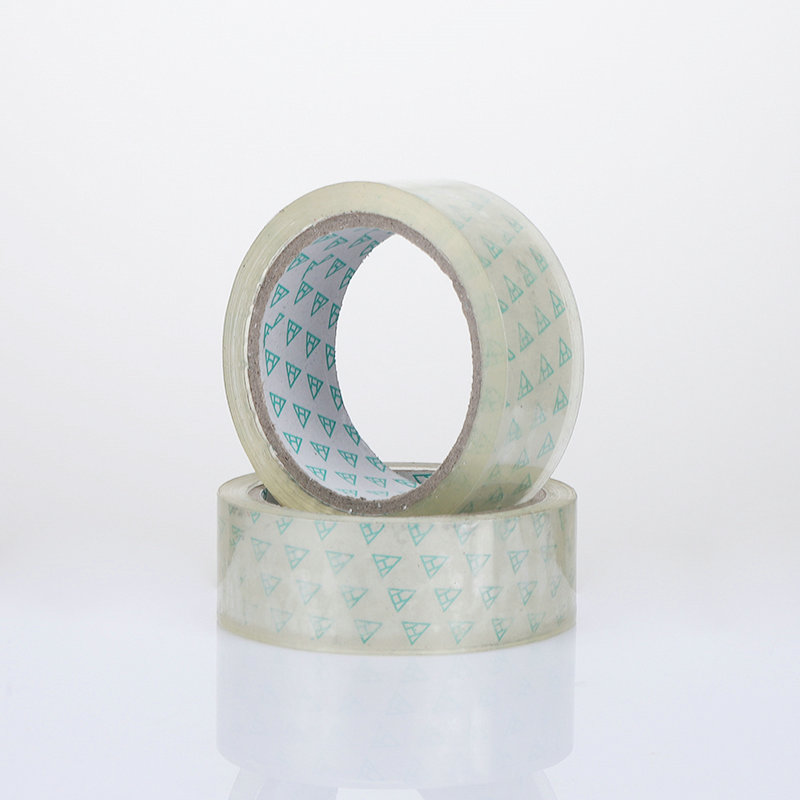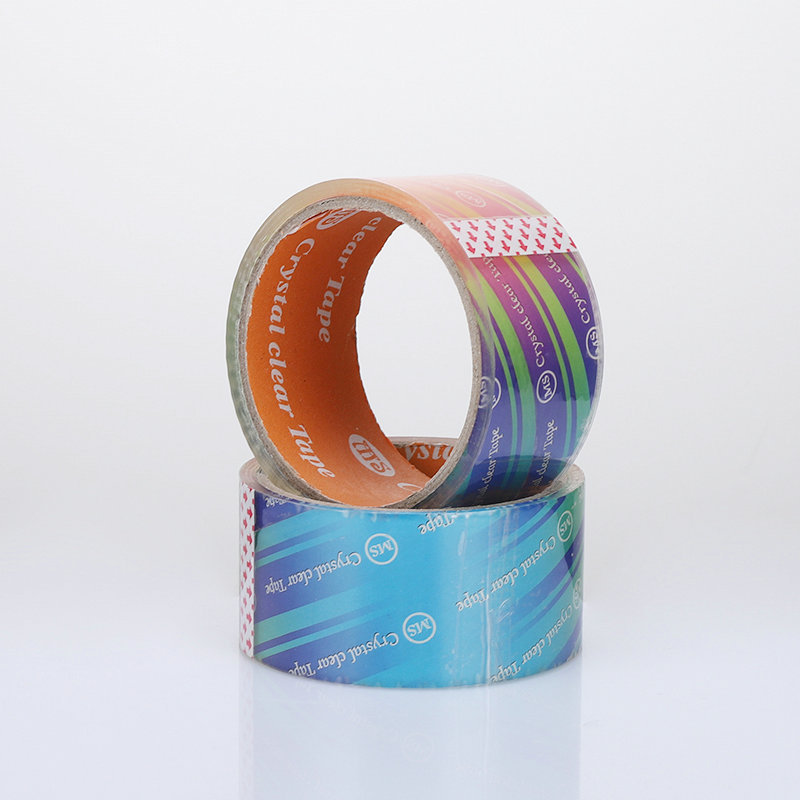specializing in the production of stretch film, adhesive tape, packing tape, etc
The protective film can be seen everywhere in life, and different products need to be used to protect the protective film of different materials.
With the continuous development of the PE protective film industry, the protection film production process is improved, the protective film on the market is varied, and the quality is different. Although their appearance looks not big, even some people think it is the same. It is a role of protection, but there is still something difference between them. So about the protective film, how much do you know? Let's take a look.
1. protective film material structure
Substrate: It is a colloid carrier to achieve protective film scratch, isolation, anti-protective effects of protective effects, generally the following plastic materials: PET, PE, PP, OPP, PVC, PI, PEN, PEEK.
Substrate: It is a colloid carrier to achieve protective film scratch, isolation, anti-protective effects of protective effects, generally the following plastic materials: PET, PE, PP, OPP, PVC, PI, PEN, PEEK.
Colloid: bonding substrate and quilt, there are four types of gliosis:
a. acrylic;
B.silicon;
C.PU;
D. Rubber;
a. acrylic;
B.silicon;
C.PU;
D. Rubber;
Release film: protect the colloid to prevent it from polluting, viscous. Typically, a PET material is also a partial protective film without a membrane, and a layer of release coating is made on the surface of the substrate;
Coating: All kinds of protective film coating conditions are related to colloidal materials and protective film functions.
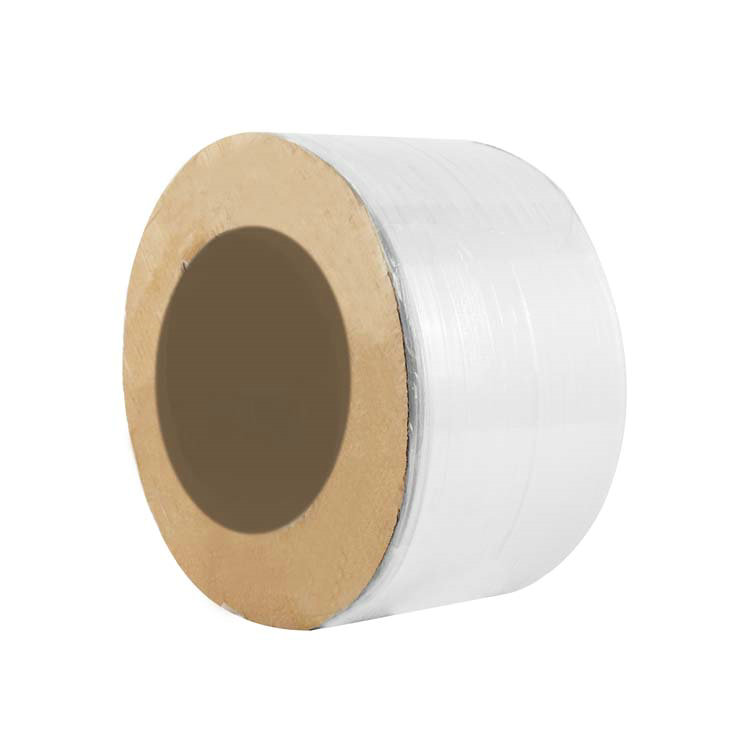
2. Introduction of substrate material characteristics
PET: At present, there are many market applications, and the polyester film, the material is hard, scratch resistant, easy to shift, light transmittance, temperature resistance 150C.
PET: At present, there are many market applications, and the polyester film, the material is hard, scratch resistant, easy to shift, light transmittance, temperature resistance 150C.
PE: material is soft, easy to stretch, non-scratch, temperature 70C, generally with microtropic EVA co-extrusion forming self-adhesive film, electrostatic protective film first-stage mesh film material is PE, food industry plastic wrap and packaging The hiding film is also a PE material.
PP: Polypropylene, the earliest use of protective film in the market, now there are very few applications, general plastic bags are PP material.
OPP: The material is hard, uniaxially stretched, parallel stretching, and has a certain flame retardancy.
PVC: The material is soft, thick thick, poor transmissive, and a long time will be yellow out, containing Cl, and is not used.
PI / PEN / PEEK: Temperature 260c, used in the high temperature process, the price is higher.
At present, there are more industry applications that are PET and PE material substrates.
3. colloidal material characteristics introduction
Acrylic: Acrylic glue, good light transmission, water resistance, low temperature resistance, poor low temperature performance, under low temperature -15C environment, glue is hardening, high temperature or time has been slightly poor, used The hand is smrumed and easy to flour, it is not easy to punch, the exhaustibility is poor, and the bubble is easily blended, the price is low.
Acrylic: Acrylic glue, good light transmission, water resistance, low temperature resistance, poor low temperature performance, under low temperature -15C environment, glue is hardening, high temperature or time has been slightly poor, used The hand is smrumed and easy to flour, it is not easy to punch, the exhaustibility is poor, and the bubble is easily blended, the price is low.
Sillicon: insoluble in water and any solvent, high adsorption performance, fast exhaust speed, good thermal stability, stable chemical properties, high mechanical strength, not easy to flour, high low temperature (-50C-250C), resistance Ozone and ultraviolet rays, viscosity changes with time, the temperature changes, the transparency is slightly low, and there is water absorption. The price is higher.
PU: Polyurethane, Toughness and Ultrafield. Mainly in the Japanese market.
Rubber: Rubber, stable viscosity, is relatively large, comparable to different surface viscosity, the current market application is relatively small.
Currently, the industry is generally used in the ACRYLICX system and the Silicon system.
4. coating material characteristics introduction
Release coating: Surfactant, typically phosphate and its derivative, glue or silicone compound.
Release coating: Surfactant, typically phosphate and its derivative, glue or silicone compound.
Next coating: Commonly used coating is a chlorinated polypropylene, a cellulose derivative, a cyclo-chlorine, a polyamide resin, a water-soluble melamine resin, an organic peptide compound.
Such as non-polar substrate PE, PP, can be used to increase the surface with chemical treatment, corona treatment, ozone exposure, UV irradiation, flame treatment, plasma treatment to increase its surface. The way indizes are generally used.
The silica gel protective film generally uses the coating to increase the base adhesive force, the undesiocity coating. The acrylic glue protective film substrate uses corona treatment, and the release coating is generally silicone oil.

 英语
英语 日语
日语 西班牙语
西班牙语 阿拉伯语
阿拉伯语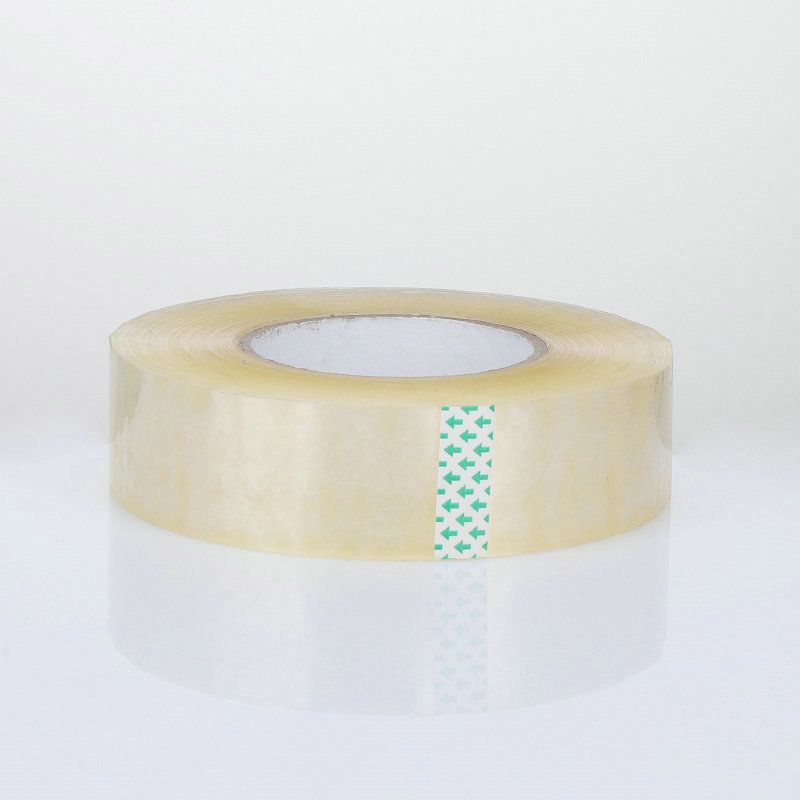
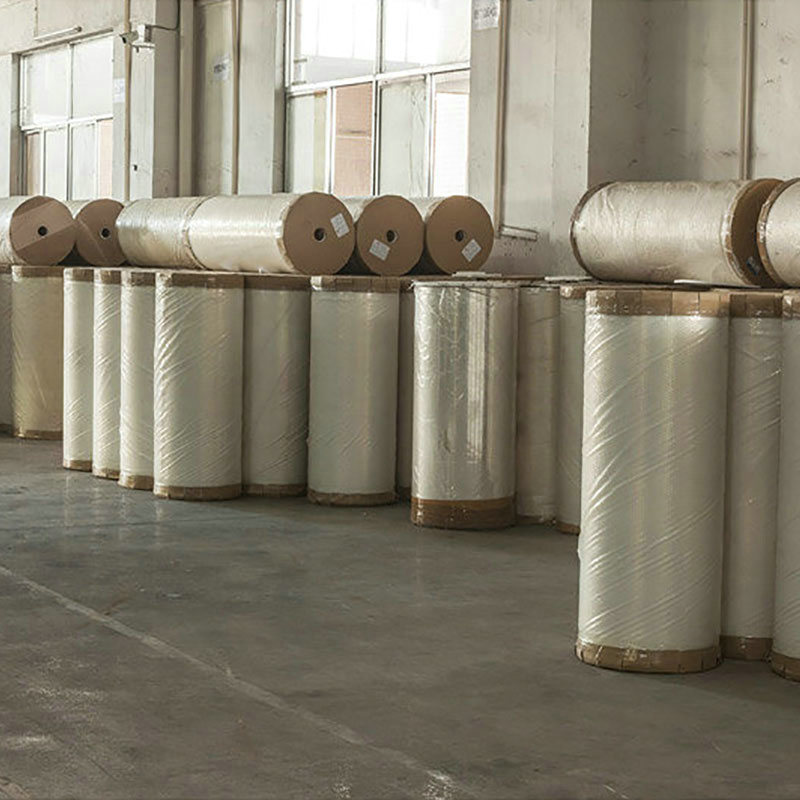
.jpg)
